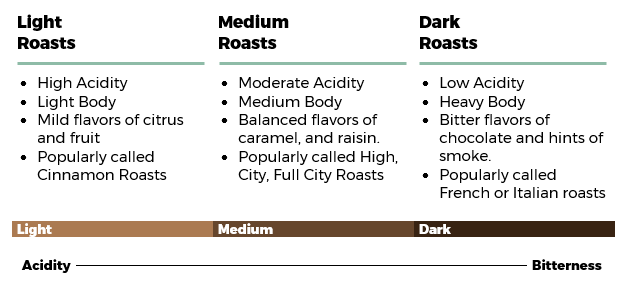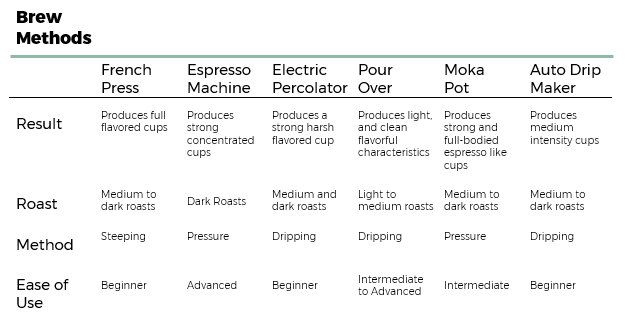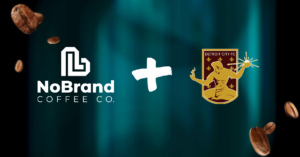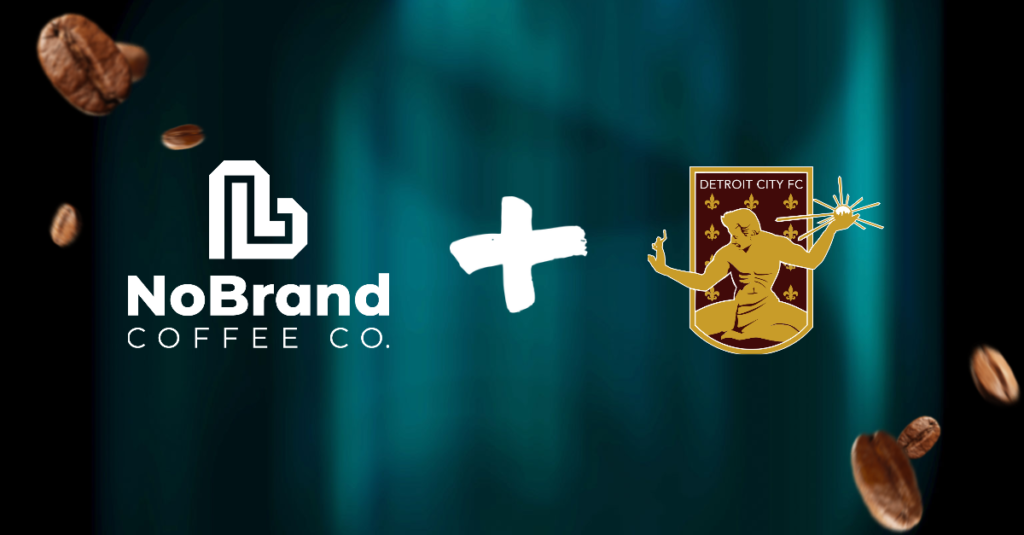What Makes Coffee Good?

Everyone has their own coffee ritual and NoBrand Coffee Co. wants to be a part of it! The Coffee industry is complex; there’s no hiding that, but its complexity is what makes it fun and exciting. To some people it might even seem overwhelming, but no worries – we’re here to help.
You probably already know this, but A LOT of people drink coffee. We’re talking about 64% of Americans – over half of who choose to brew it at home. Brewing at home is a good idea, because we all know coffee can get pretty expensive – anywhere from $1 to $5 per cup. Comparatively, home brewing prices are around ¢17 per cup, saving you upwards of $1000 a year! Great! Now that we know home brewing is easier on the wallet, we want to talk about how you can make the most out of your home brewing experience.
Let’s break it down. There are really only three things you should be focused on when brewing a good cup of coffee:
- The Roast,
- The Brewing Method, and lastly, and it may seem silly, but
- The Water (you’ll be surprised).
The Roast
This comes down to preference. Some people enjoy it sweet while others prefer full-bodied flavors. The flavor of your coffee all boils down to the roast profile. Roast profile can be pretty complex, so here’s a straightforward breakdown; keep in mind that when the industry refers to the body, they’re talking about the mouthfeel of the coffee or the weight on the tongue:

The Brewing Method
Like everything else in this industry, there are several ways to brew a cup of coffee. And as you’ve probably already guessed, each method presents a different outcome in the final product. That said, and arguably so, most people use drip methods when brewing at home. Whether in the form of a pour-over device or a Mr. Coffee Machine. However, as technology and the economy evolve, consumers are introduced to alternative devices. Below is a chart that gives you an idea of what you can expect depending on the method you choose:

The Water
The effects that water has on coffee can get convoluted quickly. Generally speaking, though, it’s crucial to the taste, as it makes up around 90-98% of the cup. For ease, let’s first focus on brew temperatures and the effects of chlorine.
Temperature
- Brewing at a lower temperature (185 degrees), you’ll extract fewer of the bean’s flavor and end with a more bitter taste;
- Brewing at a higher temperature (205 degrees) will discover a full-flavored taste.
Effects of Chlorine
The enemy of coffee is chlorine, which is added to our tap water to reduce the chances of harmful waterborne bacteria. Chlorine contributes to a process known as oxidation, which produces a bitter taste in coffee. You can opt to use bottled water or invest in a cheap filtration system to eliminate its effects.
For an interesting take on the chemistry of water and coffee, watch this video produced by our friend James Hoffmann.
So, what makes coffee good?
We hate to say it, but “good coffee” is in the eye of the beholder. NoBrand Coffee’s goal is to facilitate the experience you want to have with coffee. we say have fun with it! Test some roasts, change your methods, pour some bottled water into the reservoir, and start your coffee journey.
Recent Posts
Want to have an intuitive coffee experience?
Choose your type of coffee from light, medium, and dark roast.

